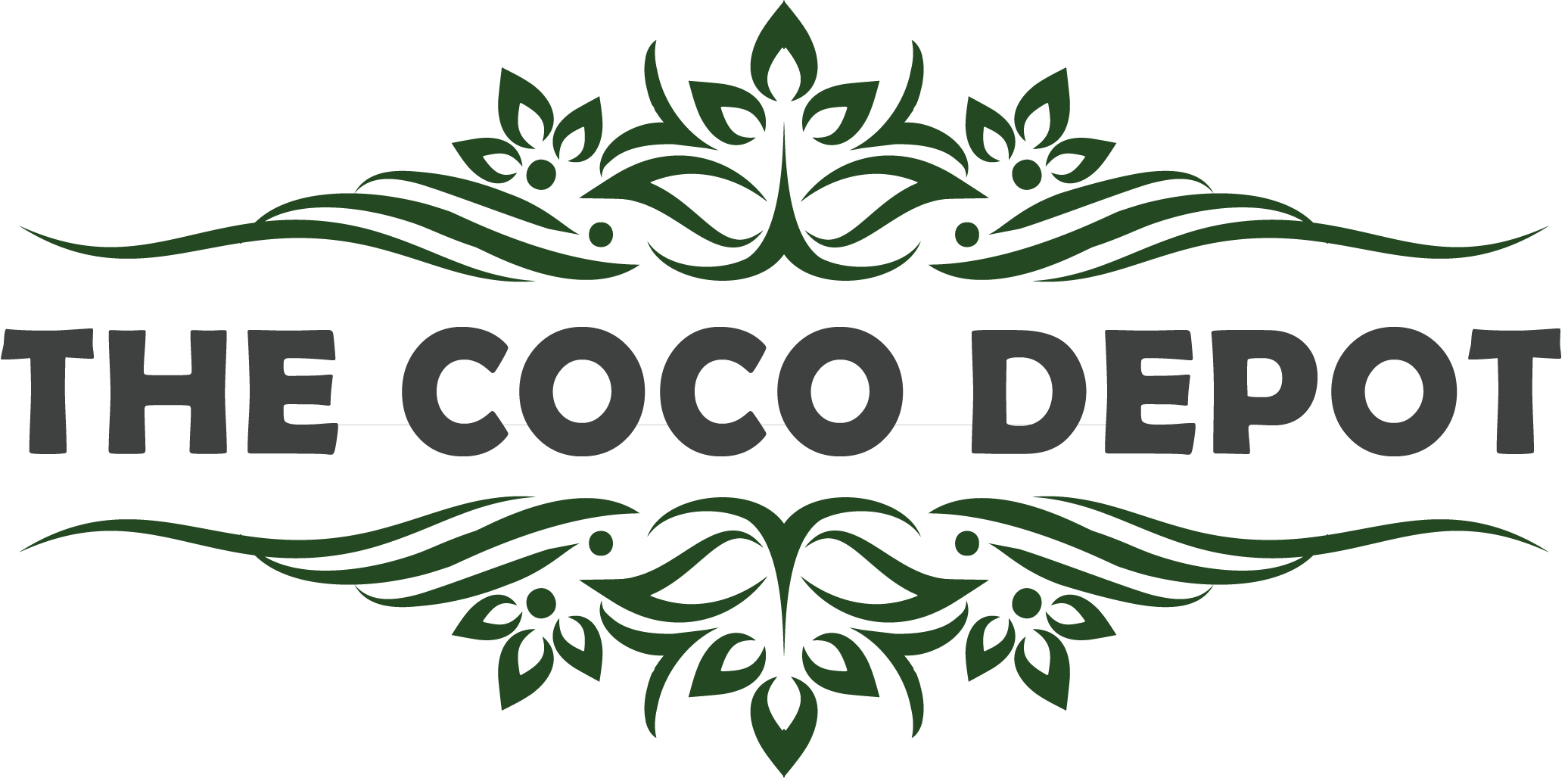Coconut peat is a natural fiber extracted from coconut husk. Extracting coconut fiber from the shell provides us with a by-product called coconut peat, which is a 100% natural growth medium. This natural sun-dried coconut peat is processed into various products, namely coconut coir, coconut coir peat, coconut husk, etc.
Benefits of Coco peat :
- It is free from weed seeds and sterile.
- it's a neutral soil pH. vegetable matter is acidic.
- it's higher wetness retention and aeration capability
- It provides resistance against root diseases.
- it's slow to decompose as compared to peat.
Careful note of Coco Peat Usage :
When buying bricks, put the steam in a 5-gallon bucket and cover it with warm water. Break the bricks by hand or let the coconut fiber soak for two hours. If you only grow coconut peat, you should probably mix slow-release fertilizers because coconut fiber contains almost no nutrients that need to be dispersed. It is rich in potassium as well as zinc, iron, manganese and copper. If you want to use soil and add coconut peat as an aerator or water. The fixative recommends that this product only accounts for 40% of the culture medium. Coconut peat is always well moisturized and tested regularly to meet the plant's water needs.
How to use Coco Peat for Fern :
Coconut peat can be used as a soilless culture medium for potted plants or aquaculture growth conditions. Add the recycled bricks to the pot, leaving 1 inch of space below the edge of the pot. Plant seeds or saplings in the center. You need fertilizer and soil. When planted in coconut peat, it should be added to maintain the plant for a long time. If you are not sure how to use coconut peat in the pot, you can add 1/4 coconut peat to the potting soil. Coat the bottom of the container with a 1 inch coconut mud to help the soil retain moisture. Coconut peat can also be a unique medium for planting starting seeds. Once buds begin to form, you can transplant the seedlings into pots.

